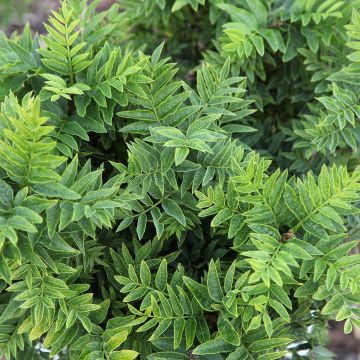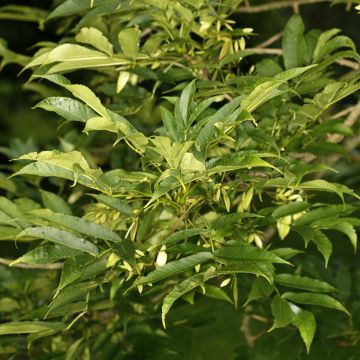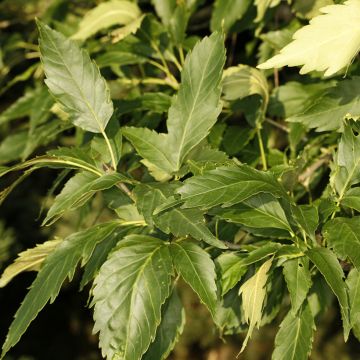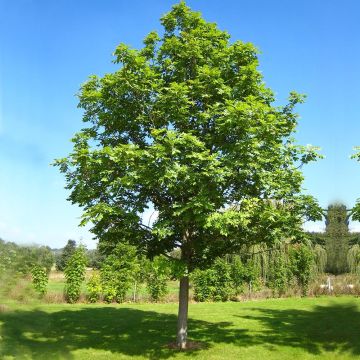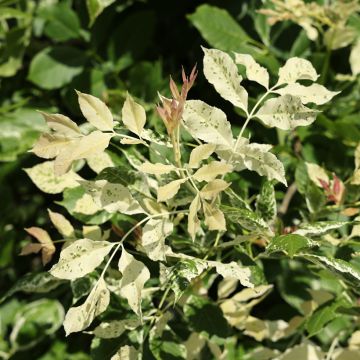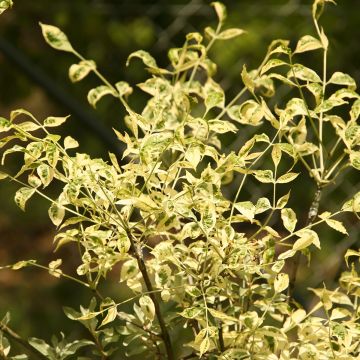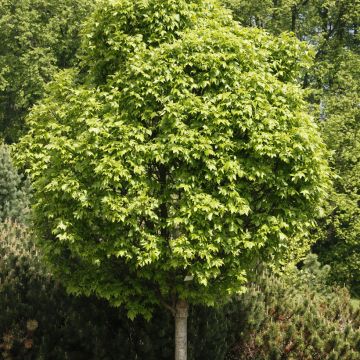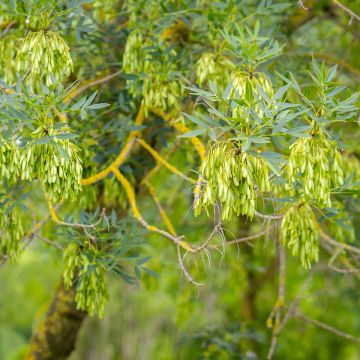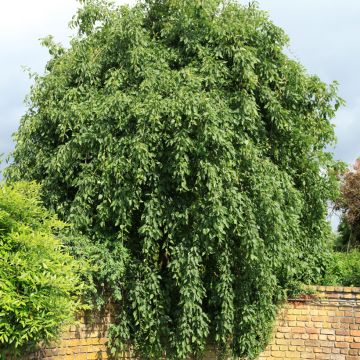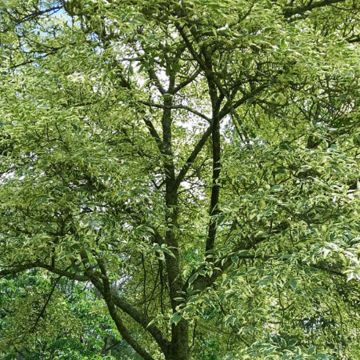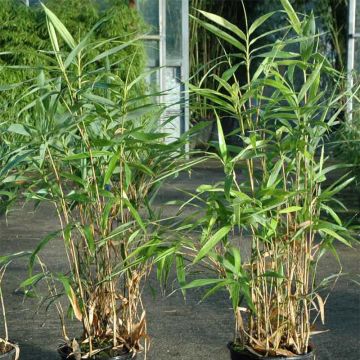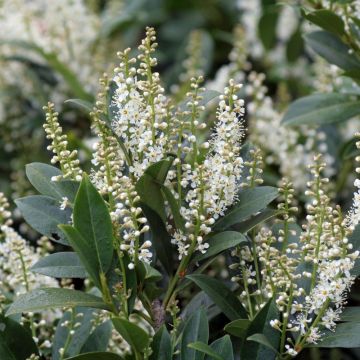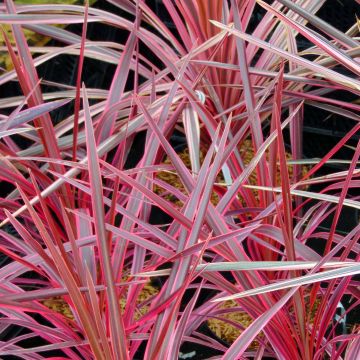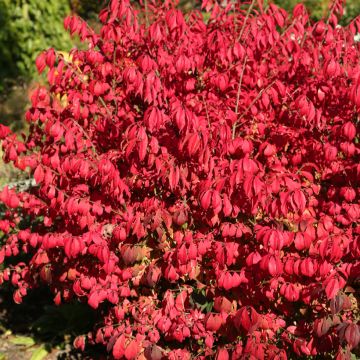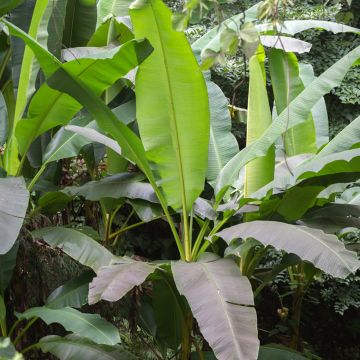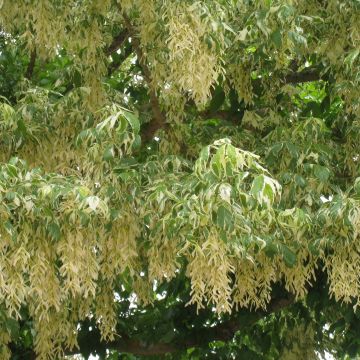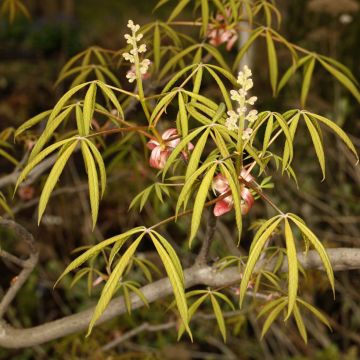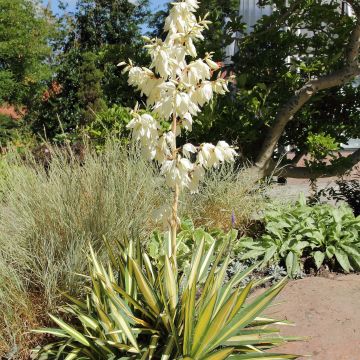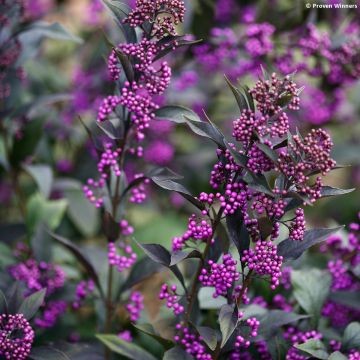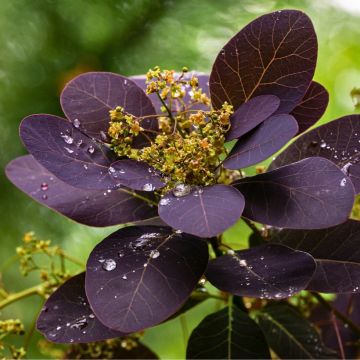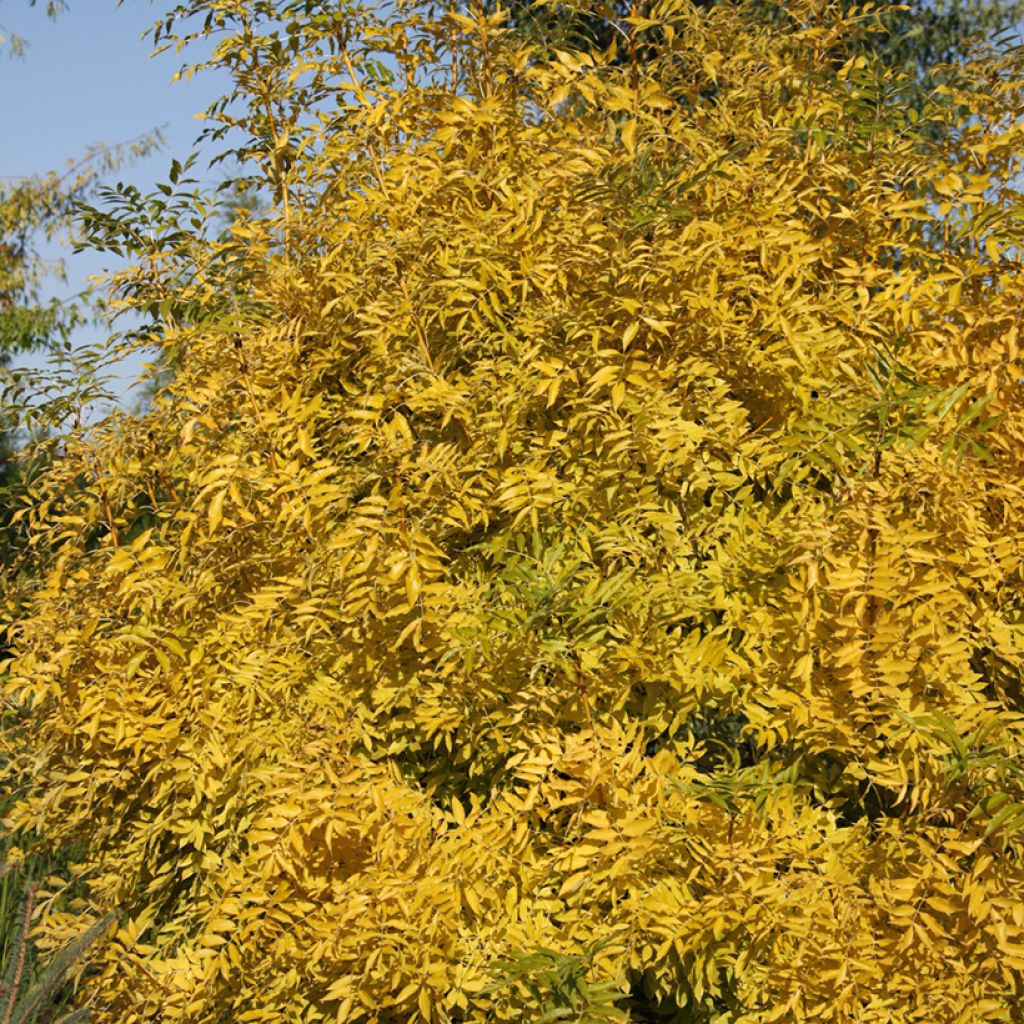

Fraxinus excelsior Allgold - Fresno norteño
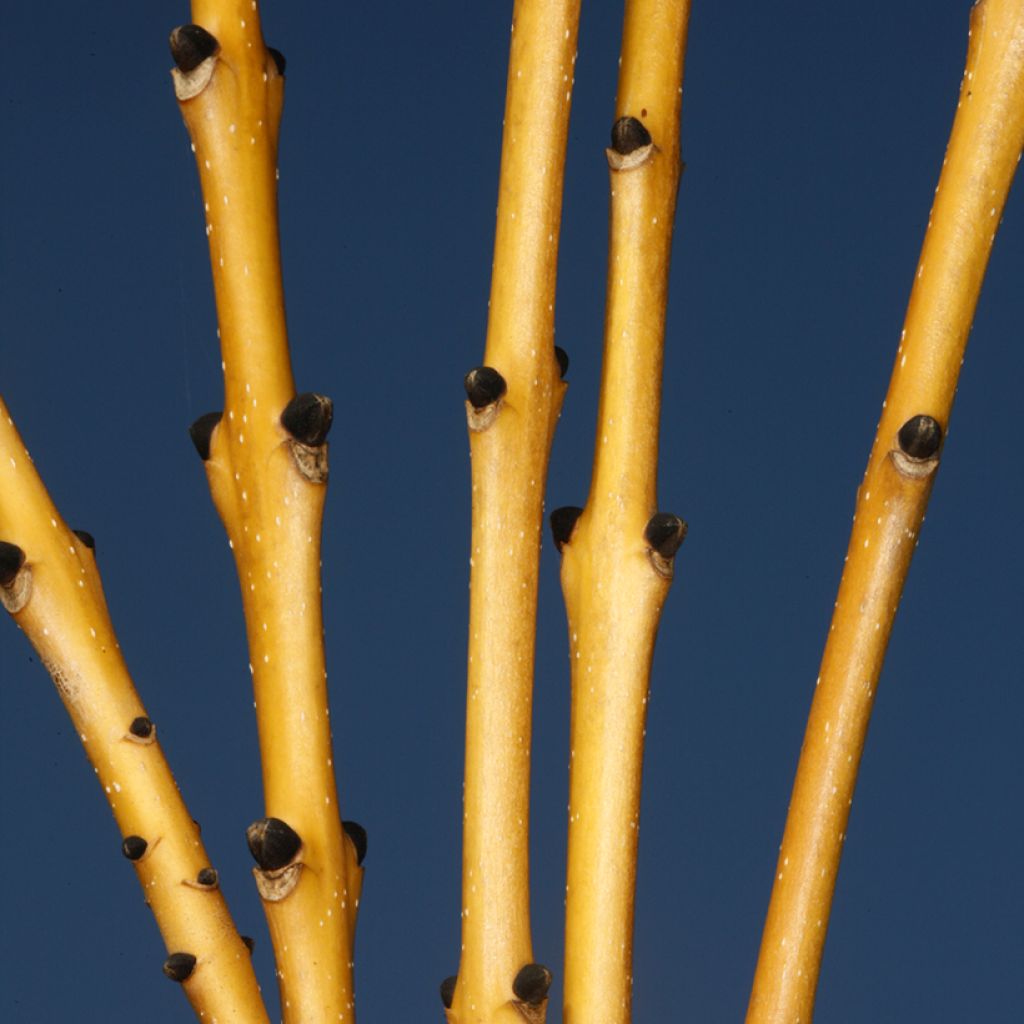

Fraxinus excelsior Allgold - Fresno norteño
Fraxinus excelsior Allgold - Fresno norteño
Fraxinus excelsior Allgold
Fresno norteño, Fresno de hoja, Fresno común, Fresno europeo, Fresno negro
Este artículo no puede enviarse al país seleccionado
Artículos grandes, gastos de envío a partir de 6,90 €
Más información
País de entrega:
-
Alemania
-
Andorra
-
Austria
-
Bulgaria
-
Bélgica
-
Chequia
-
Chile
-
Chipre
-
Croacia
-
Dinamarca
-
Eslovaquia
-
Eslovenia
-
España
-
Estonia
-
Finlandia
-
Francia
-
Grecia
-
Hungría
-
Irlanda
-
Islandia
-
Italia
-
Letonia
-
Lituania
-
Luxemburgo
-
Malta
-
Mónaco
-
Países Bajos
-
Polonia
-
Portugal
-
Rumanía
-
Suecia
-
Suiza
Programa tu fecha de entrega,
y elige tu fecha en la cesta
24 meses de garantía en el desarrollo de esta planta
Más información
Garantizamos la calidad de nuestras plantas durante un ciclo vegetativo completo, y sustituiremos a nuestro cargo cualquier planta que no se recupere en condiciones climáticas y de plantación normales.
Artículo voluminoso: entrega a domicilio únicamente con un coste de 6,90 € por pedido..
Entrega a domicilio exprés en 24-48 horas: 8,90 €.
¿Esta planta es adecuada para mi jardín?
Crear mi perfil Plantfit →
Descripción
El Fraxinus excelsior ‘Allgold’ es una variedad atractiva de Fresno norteño que cautiva de inmediato con sus ramas magníficas de color amarillo dorado. Este árbol de tamaño mediano forma una hermosa corona esférica regular que le otorga una silueta bien equilibrada. Sus hojas compuestas por un número impar de folíolos son de color verde claro durante la temporada de vegetación. En otoño, adquieren hermosos tonos amarillos y persisten bastante tiempo en el árbol antes de caer al suelo. En invierno, se puede apreciar aún mejor el color original de las ramas, especialmente porque los brotes negros crean un magnífico contraste.
El Fresno norteño es un miembro de la familia de los Olivos, que además del Olivo (Olea) que le dio su nombre, incluye muchas plantas ornamentales, como el Lilo (Syringa), el Jazmín o incluso el espléndido Laurel de nieve, o Chionanthus virginicus. Los Fresnos, de los cuales se cuentan más o menos sesenta y cinco especies a menudo cercanas entre sí, comparten sus hojas (con raras excepciones) imparipinnadas (compuestas por folíolos en número impar, debido al folíolo terminal), generalmente opuestas o a veces agrupadas de tres en tres. Fraxinus excelsior es nuestro Fresno norteño común, extendido desde Europa hasta el Cáucaso y hasta el norte de Anatolia. De crecimiento rápido, pudiendo superar los 30 m de altura, se encuentra en bosques de llanuras, valles y cerca de lagos y cursos de agua. Sus hojas compuestas por 7 a 13 folíolos miden de 20 a 40 cm de longitud y produce una floración amarillo verdosa muy discreta antes de la brotación.
El Fraxinus excelsior ‘Allgold’ es una variedad más adecuada para nuestros jardines de dimensiones medianas, ya que su desarrollo es menor que en la especie tipo. En diez años de cultivo, alcanzará una altura de 4 a 6 m y en su madurez, no superará los 15 m de altura. Forma una corona cónica a esférica, regular y equilibrada que le otorga una hermosa presencia. Este hermoso árbol es notable por el color amarillo de sus ramas, particularmente intenso en las puntas, donde la corteza es joven. En invierno, cuando la madera está desnuda, su ramificación es especialmente apreciada, ya que aporta luz en el corazón de una temporada que generalmente carece de ella. Además, los brotes casi negros crean un contraste magnífico en la corteza amarillo dorado.
El follaje aparece bastante tarde en primavera como suele ocurrir con los Fresnos. Las hojas están compuestas por 5 a 11 folíolos de forma lanceolada, con la punta afilada, de un diseño atractivo. De un verde claro en primavera, cambian a un amarillo intenso a finales de verano y en otoño, lo que permite crear magníficas escenas cuando se planta en masa. Las hojas tienden a permanecer mucho tiempo en el árbol, especialmente cuando el otoño es muy soleado, lo que aumenta su interés ornamental. Las coloraciones otoñales y la de las ramas son aún más pronunciadas si se planta a pleno sol. 'Allgold' prácticamente no florece y es estéril, por lo que no produce sámaras (nombre de los frutos) a diferencia de la variedad 'Jaspidea' bastante similar en apariencia.
El Fresno norteño 'Allgold' es un hermoso árbol fácil de cultivar en todo tipo de suelos fértiles y húmedos. Extremadamente rústico, soporta situaciones ventosas, es poco sensible a la sal de deshielo, tolera pavimentos por encima de su zona de prospección radicular y es adecuado para el ambiente urbano de nuestros jardines de ciudad. Plántelo preferiblemente en masa, combinándolo con otros leñosos de corteza decorativa para crear un hermoso decorado invernal. El Prunus serrula, o Guinda del Tibet, con su espléndida corteza rojo caoba brillante, será un compañero perfecto, al igual que su primo el Prunus maackii 'Amber Beauty', que se viste de ámbar anaranjado, sobre el cual resaltan visualmente lenticelas claras. Otra belleza otoñal, el Acer griseum, muy acertadamente apodado Arce chino gris debido a su corteza marrón que se desprende con la edad. En otoño, le permitirá crear una escena antológica cuando su follaje rojo se destaque frente al amarillo de su Fresno.
Informar de un error en la descripción del producto
Porte
Follaje
Precauciones
Botánica
Fraxinus
excelsior
Allgold
Oleaceae
Fresno norteño, Fresno de hoja, Fresno común, Fresno europeo, Fresno negro
Hortícola
atteinterespiratoire
Cette plante peut entraîner des symptômes allergiques.
Evitez de la planter si vous ou vos proches souffrez de rhinite saisonnière ("rhume des foins").
Davantage d'informations sur https://plantes-risque.info
Fresno - Fraxinus: Otras variedades
Plantación y cuidados
Plantea tu Fraxinus excelsior Argenteovariegata en otoño o en primavera, elige un lugar despejado, a pleno sol pero no abrasador, con un suelo profundo y ten en cuenta el espacio que ocupará a largo plazo. Si es necesario, hazle un pozo de drenaje con piedras si tu suelo tiene problemas de asfixia. Si tu suelo es pobre, una aportación de compost de hojas será beneficiosa. Mantén un riego regular durante el verano siguiente a la plantación y asegúrate de protegerlo de sequías prolongadas durante otro año más, un acolchado puede ayudarte a conservar la frescura en la base y espaciar los riegos. Es importante recordar que este árbol necesita un suelo fresco constantemente, al menos en profundidad. Es perfectamente resistente a las heladas. La poda consiste en equilibrar aproximadamente cada 3 años la porte del árbol ventilando el centro de la copa.
¿Cuándo plantar?
¿En qué lugar?
Cuidado
Este artículo todavía no ha recibido comentarios; sé el primero en compartir tu experiencia.
Arbustos de follaje excepcional
¿No has encontrado lo que buscas?
La rusticidad es la temperatura invernal más baja que una planta puede soportar sin sufrir daños graves o incluso la muerte. Sin embargo, la rusticidad se ve afectada por la ubicación (zona protegida, como un patio), la protección (cubierta de invierno) y el tipo de suelo (la rusticidad mejora con un suelo bien drenado).

Condiciones generales de uso del servicio de fotos del cliente
Con el fin de favorecer la interacción y el intercambio de experiencias entre jardineros, Promesse de fleurs ofrece varios servicios que permiten cargar contenidos en su Sitio web, en particular a través del módulo "Compartir fotos".
El usuario se compromete a no:
- Publicar contenidos ilegales, perjudiciales, insultantes, racistas, que inciten al odio, revisionistas, contrarios a las buenas costumbres, que atenten contra la vida privada o vulneren los derechos privados de terceros, en particular el derecho a la imagen de las personas y de los bienes, los derechos de propiedad intelectual o el derecho a la vida privada
- Publicar contenidos en nombre de un tercero
-
Asumir la identidad de un tercero y/o publicar cualquier información personal sobre un tercero
En general, los Usuarios se comprometen a abstenerse de cualquier comportamiento poco ético.
Todos los Contenidos, en particular, textos, comentarios, archivos, imágenes, fotos, vídeos, obras, etc., que pueden ser objeto de derechos de propiedad, derechos de propiedad intelectual, derechos de imagen u otros derechos privados, siguen siendo propiedad del Usuario, a reserva de los derechos limitados concedidos por la licencia definida a continuación a Promesse de fleurs. El Usuario es libre de publicar o no dicho Contenido en el Sitio web, especialmente a través del servicio "Compartir fotos", y acepta que este Contenido se haga público y libremente accesible, especialmente en Internet.
Reconocen, se comprometen y garantizan que disponen de todos los derechos y autorizaciones necesarios para dicha publicación en el Sitio, en particular en lo que respecta a la legislación vigente y a los derechos de privacidad, propiedad, propiedad intelectual, imagen, contratos o de cualquier otra naturaleza. Al publicar dicho Contenido en el Sitio, el Usuario es consciente de que compromete su responsabilidad como editor del Contenido en el sentido de la ley, y concede a Promesse de fleurs una licencia no exclusiva, gratuita y mundial para dicho Contenido, durante toda la duración de su publicación, incluidos los derechos de reproducción, representación, carga, visualización, ejecución, transmisión y almacenamiento.
Los usuarios también autorizan a que su nombre se asocie al Contenido y aceptan que esta asociación no siempre pueda realizarse.
Mediante su publicación, los usuarios autorizan que los Contenidos sean automáticamente accesibles en Internet, en particular en otros sitios y/o blogs y/o páginas web del sitio Promesse de fleurs, incluidas en particular las páginas de las redes sociales y el catálogo de Promesse de fleurs.
Los usuarios pueden obtener libremente la devolución de los contenidos confiados poniéndose en contacto con el servicio de atención al cliente a través del formulario de contacto.
Los periodos de siembra indicados en nuestro sitio web se aplican a los países y regiones de la zona 8 del USDA (Francia, Reino Unido, Irlanda, Países Bajos).
En zonas más frías (Escandinavia, Polonia, Austria...), retrase 3-4 semanas cualquier siembra al aire libre, o siembre en invernadero.
En climas más cálidos (Italia, España, Grecia, etc.), adelante unas semanas la siembra al aire libre.
El periodo de recolección indicado en nuestro sitio web se aplica a los países y regiones de la zona USDA 8 (Francia, Inglaterra, Irlanda, Países Bajos).
En las zonas más frías (Escandinavia, Polonia, Austria...) es probable que la cosecha de frutas y hortalizas se retrase 3-4 semanas.
En las zonas más cálidas (Italia, España, Grecia...), es probable que la cosecha se adelante, dependiendo de las condiciones meteorológicas.
El periodo de plantación indicado en nuestro sitio web se aplica a los países y regiones situados en la zona USDA 8 (Francia, Reino Unido, Irlanda, Países Bajos).
Variará en función de su lugar de residencia:
- En las zonas mediterráneas (Marsella, Madrid, Milán, etc.), el otoño y el invierno son los mejores periodos de plantación.
- En las zonas continentales (Estrasburgo, Múnich, Viena, etc.), retrase la plantación de 2 a 3 semanas en primavera y adelántela de 2 a 4 semanas en otoño.
- En las regiones montañosas (Alpes, Pirineos, Cárpatos, etc.), es mejor plantar a finales de primavera (mayo-junio) o a finales de verano (agosto-septiembre).
En climas templados, la poda de los arbustos de floración primaveral: forsitia, spireas, etc. debe realizarse justo después de la floración.
La poda de los arbustos de floración estival: árbol de Júpiter, perovskia, etc. puede realizarse en invierno o en primavera.
En las regiones frías y con plantas sensibles a las heladas, evite podar demasiado pronto, cuando aún pueden producirse heladas severas.
El periodo de floración indicado en nuestra página web se aplica a los países y regiones situados en la zona USDA 8 (Francia, Reino Unido, Irlanda, Países Bajos, etc.).
Variará en función de su lugar de residencia:
- En las zonas 9 a 10 (Italia, España, Grecia, etc.), la floración se producirá entre 2 y 4 semanas antes.
- En las zonas 6 a 7 (Alemania, Polonia, Eslovenia y regiones montañosas bajas), la floración se retrasará de 2 a 3 semanas.
- En la zona 5 (Europa Central, Escandinavia), la floración se retrasará de 3 a 5 semanas.

